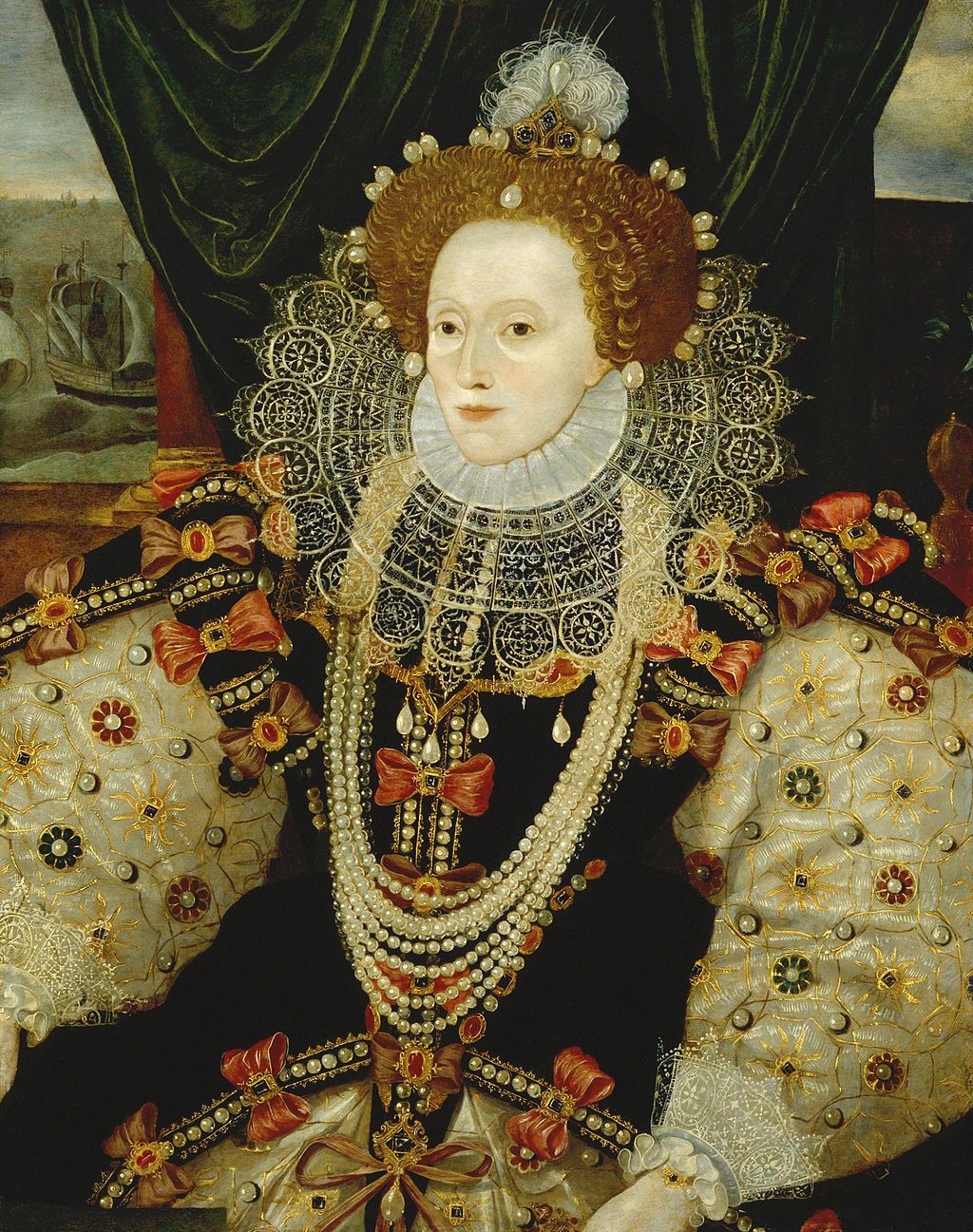Three Portraits of Victorious Elizabeth I to Be Displayed Together for the First Time
The paintings were created in the wake of England’s defeat of the Spanish Armada
:focal(2300x684:2301x685)/https://tf-cmsv2-smithsonianmag-media.s3.amazonaws.com/filer/89/d1/89d10eb1-93b6-48a5-a0d4-48ec806c4887/the_armada_portrait_of_queen_elizabeth_i_from_the_woburn_abbey_collection.jpg)
After weeks of bitter conflict in summer 1588, England vanquished a tremendous fleet of 130 Spanish ships known as the “Invincible Armada.” Spain’s king, Philip II, had failed in his attempt to absorb England into the Spanish empire; his defeat marked a landmark victory for both the English people and their queen, Elizabeth I.
To commemorate this rousing military success, an artist painted a now-iconic portrait of the Tudor queen, who appears resplendent in elaborate regalia. Come February 2020, Mark Brown reports for the Guardian, three surviving versions of the queen’s Armada portrait will be displayed together for the first time, offering visitors a chance to study the similarities and subtle differences between images that sought to depict Elizabeth at the height of her power.
The queen posed for very few portrait sittings and particularly not lengthy ones; experts suspect Elizabeth’s face may have been “the only part of her that was drawn from life,” a spokesperson for the Royal Museums Greenwich (RMG) tells Smithsonian.com. To keep up with demand for images of the English sovereign, these drawings were incorporated into pre-approved portrait designs distributed to various studios. The studios then reproduced the patterns for circulation.
Multiple copies and derivatives of the Armada portrait were made over the centuries, but the three featured in the new exhibition are the only surviving contemporary versions believed to have been painted not long after England’s 1588 victory. They are also the only versions to depict scenes from the battle against the Spanish Armada in the canvases’ backgrounds.
One of the portraits belongs to the RMG, a group of four institutions that includes the Queen’s House, a 17th-century villa located on the site where Elizabeth was born in 1533; the three portraits will go on display at the villa on February 13.
The RMG acquired its copy in 2016 following a successful fundraising campaign aimed at preventing the portrait from being sold on the open market. This painting was once owned by Sir Francis Drake, the famed explorer who led key excursions against the Spanish Armada, and is “considered one of the most important images in English history,” according to the Telegraph’s Victoria Ward.

The other two paintings are on loan from the National Portrait Gallery in London and Woburn Abbey in Bedfordshire. According to a press release, all three artworks were once attributed to George Gower, who served as the queen’s “Serjeant Painter.” Today, however, some scholars believe the paintings were produced by multiple artists or studios.
The three Armada portraits share a basic template: The queen, her skin porcelain and hair fiery, poses in a luxurious gown as two episodes from the Armada battle play out in the background. Her lavish dress is black and white—black representing authority and power, and white symbolizing not only purity, but also wealth, as it was an expensive shade to maintain—and she is dripping in pearls. These accessories, also a sign of chastity, adorn Elizabeth’s dress and dangle from her neck. Some are even woven into her hair.
Although the portraits share many similarities, there are several key distinctions between the artworks. The RMG and Woburn versions feature Elizabeth posing beside an ornate crown, her right hand resting on a globe showing the Americas. (In 1584, English ships had landed on the coast of what is now North Carolina, and in 1587, 120 English men, women and children arrived to settle Roanoke Island.) In her left hand, the queen clutches a fan made of ostrich feathers. These details are missing from the National Gallery Portrait, which was cropped into a vertical format at an unknown point in time. “Both the date of when this alteration occurred and the reasons behind it remain unknown,” notes the statement.
The message of all three portraits is clear: England’s monarch is a force to be reckoned with.
“The Armada portrait composition is a prime example of how portraiture was used to control the public image of Elizabeth I,” says the museum, “presenting her as a powerful, authoritative and majestic figure.”
“Faces of a Queen” will be on view at the Queen’s House in Greenwich from February 13, 2020, to August 31.